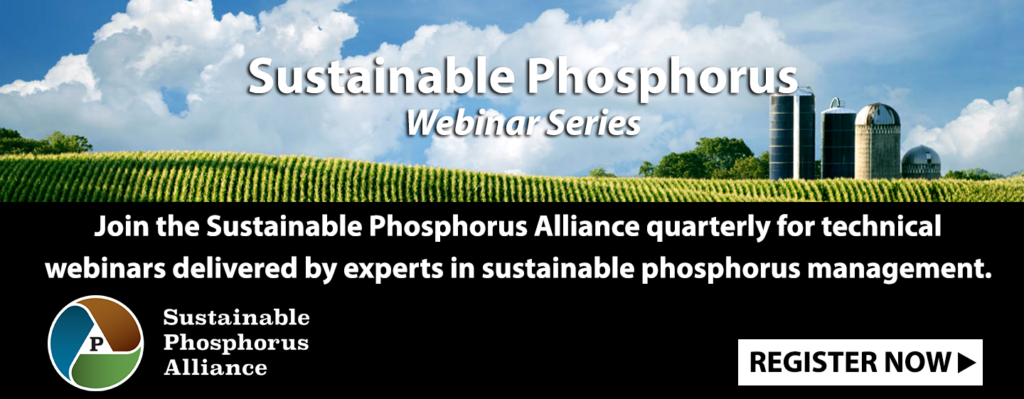The Sustainable Phosphorus Alliance hosts technical webinars on important phosphorus management issues. Our members participate in the webinars and the phosphorus sustainability community is invited to attend.
In addition, we create video abstracts of phosphorus sustainability research that has been published recently in respected, peer-reviewed journals through our series Phosphorus Science Now!
